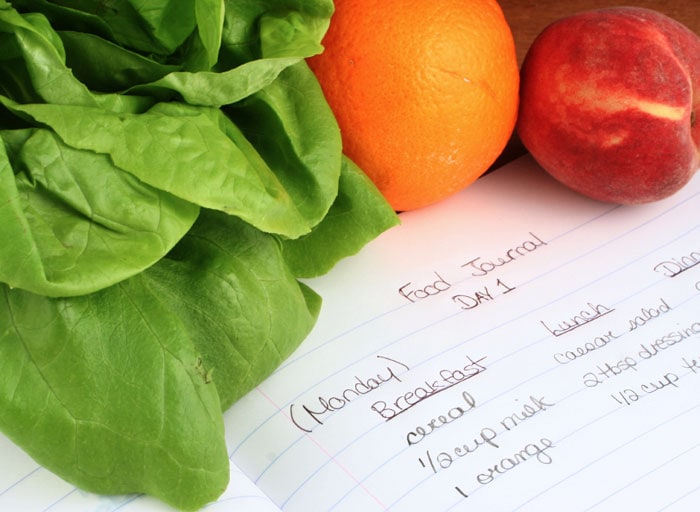
Written By: Sejal Dave, RD
Title: Registered Dietitian
Alumni: University of Florida
Last Updated on:

It’s easy to think of meal planning as a chore, especially if you have diabetes. However, planning meals makes it easier for you to eat healthy and better manage your diabetes.
Making shopping lists, picking out recipes and sharing ideas with your family can make meal planning a fun part of your life instead of a dreaded chore.
Table of Contents
A shopping list helps you organize your thoughts. Do a quick check of your pantry and refrigerator before you go to the grocery store. You don’t want to double up on produce or dairy that can spoil quickly. You want to get the most out of your grocery budget. When in the grocery store, stick to the outside of the store’s aisles. Fresh produce, meats and frozen veggies are usually located on the perimeter of the store. The aisles tend to have more processed convenience foods that are high in salt, fat and calories. This doesn’t mean the cereal aisle is off limits. It just means that you want the majority of your groceries to be fresh and unprocessed.

For people with diabetes the key to exciting meals is variety and portion control. There are no foods or food groups that have to be totally eliminated from a diabetes meal plan. Here’s a basic portion guide for the different food groups:
As a diabetic, the portion sizes might be smaller than what you are used to, but you should savor the meal. Eat slowly, chew thoroughly and enjoy the whole dining experience. You’ve earned it!
There is a variety of meal planning tools available to manage your blood sugar. The key is to find one that you are comfortable using. Check with a registered dietitian about a plan that best suits your needs. You may benefit from three to four small meals per day or you may prefer to have five to six small meals per day. Check out Healthy Eating Guidelines for free tools you may use.
You can still use your favorite recipes. You may have to change the serving size that you normally eat or modify the ingredients a little. You can substitute higher calorie ingredients for healthier alternatives. For example, whole milk can be replaced with skim milk or eggs can be substituted with applesauce in most baking recipes. Artificial sweeteners are also safe to use for baking and cooking instead of regular sugar. And cooking sprays are great for stir-fries or grilling, instead of butter, margarine, or oils.
Planning your meals keeps you one step ahead of your diabetes. You are more likely to have good blood sugar control if you have shopping lists, modified recipes and a meal plan. You don’t need special foods and you don’t have to eat differently than the rest of your family. Go ahead – eat real food. Just keep an eye on the portions. Take pleasure in planning your meals and eating them!
Alumni: University of Florida – Sejal is a registered dietitian, a certified diabetes educator and she holds a masters degree in nutrition and health. Sejal was the project coordinator for the Veteran’s Administrations (VA) national weight loss program and previously worked for the VA hospital in Tampa, FL as a Spinal Cord Injury dietitian.
Sejal has had numerous clinical and community education experiences, including pediatric and intensive care nutrition support. She has also had the opportunity to teach nutrition courses at the community college level to students interested in pursuing health professions. One of her favorite areas of education is diabetes management.
blood sugar, diabetes, diabetes diet, meal planning, sugar